The two step flow theory was created by a man named Paul Lazarsfeld in 1948. The theory suggests that there are active media users that interpret and diffuse the meaning of mass media messages to less active media users. These individuals are know as ÔÇťopinion leadersÔÇŁ. The theory implies that most people get their information from opinion leaders through interpersonal communication rather than the mass media (Postelnicu, 2016).
In the 1955 ÔÇśPersonal InfluenceÔÇÖ book, Katz and Lazarsfeld revealed that opinion leaders are sociable people that have many social contacts and tend to use the media more than others. They are often experts in their respective area and pass on their knowledge to others as if theyÔÇÖre the foundation of their opinions (Katz, E & Lazarsfeld, P, 1955). This theory can be applied to brand PR within the online beauty community, more specifically, beauty influencers. Influencers act as opinion leaders by creating content that promotes makeup products to their followers, the people that look to them rather than the mass media for information.
An example of this theory at work would be with the new Huda Beauty product. The brand recently released a new blur foundation, and in an attempt to boost sales, they sent out the product to many popular influencers in hopes that they would make videos using it and positively reviewing it. This would hopefully result in their followers feeling influenced to buy it.
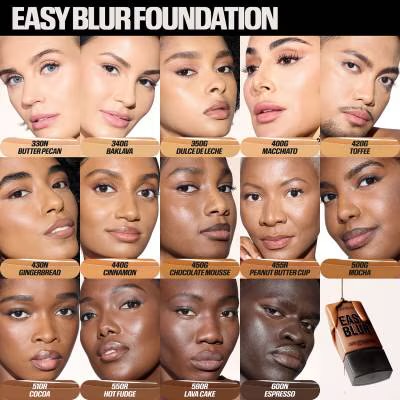
One influencer that received the product is Golloria. Golloria is a beauty influencer mostly known for advocating for the inclusion of darker-skinned people in makeup, e.g., brands having an inclusive and large range of foundation shades. She has almost 4 million followers across all her social media platforms, TikTok being the highest with 2.7 million followers. This is where she posted her review of the foundation, which gained 3.2 million likes and almost 30 million views. So it is clear that the product reached a lot of people and that Golloria acts as an opinion leader.
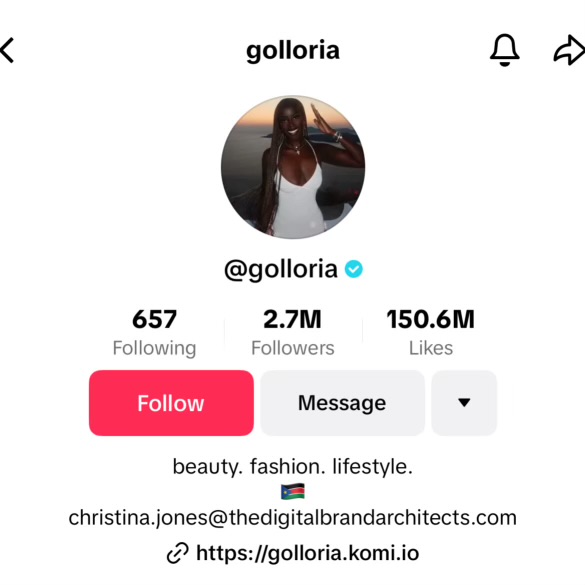
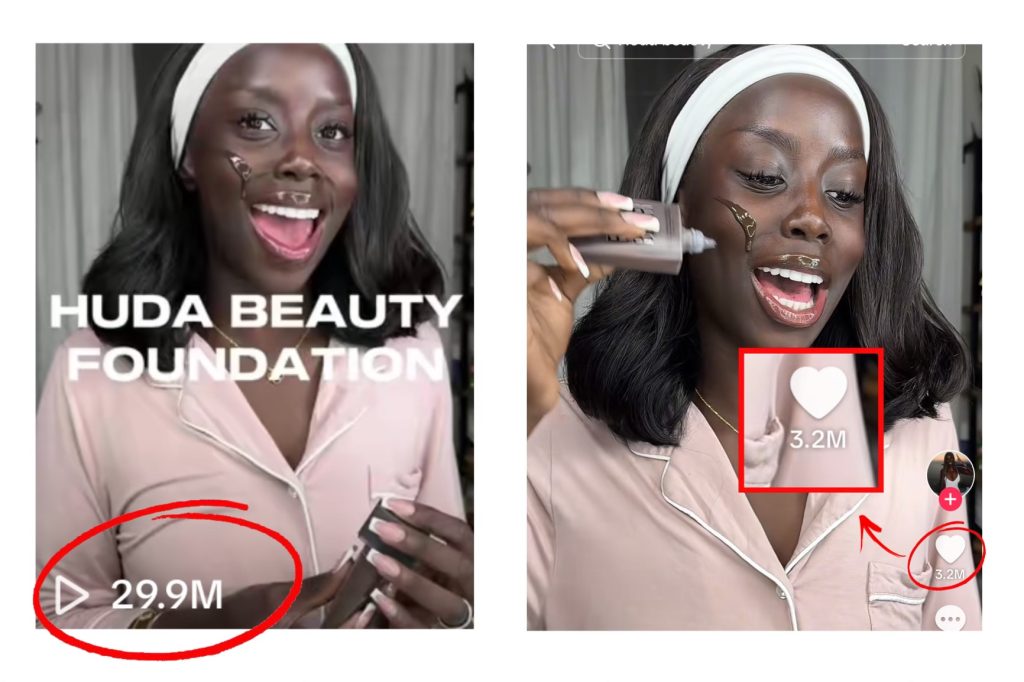
Another influencer that received the Huda Beauty Foundation is Mirta Miler, who has 18.6 million followers on TikTok. The creator made a video on the product, and it got almost 4 million views, which is great exposure for the brand and their new product.
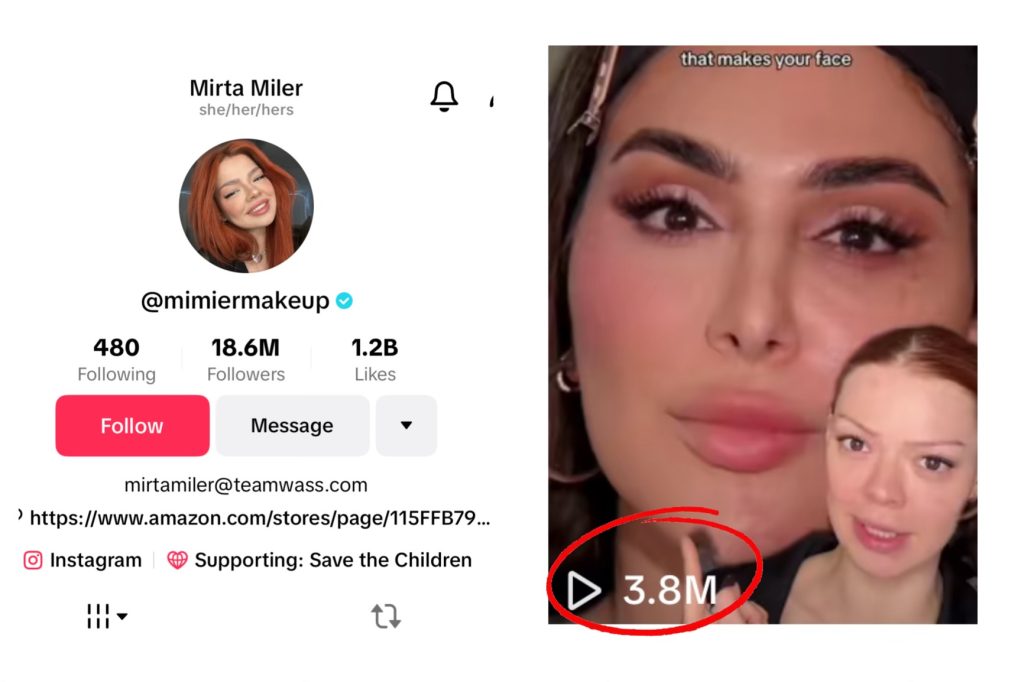
It is clear that Mirta and Golloria are opinion leaders and that their followers are the less active media users. The engagement from their videos alone did wonders for the brand, raising awareness for the new foundation. So much so that the brand went and made their own video using footage from several other creators, including Mirta and Golloria, to advertise the new product. The video went viral, with 11 million views and nearly 2 million likes.
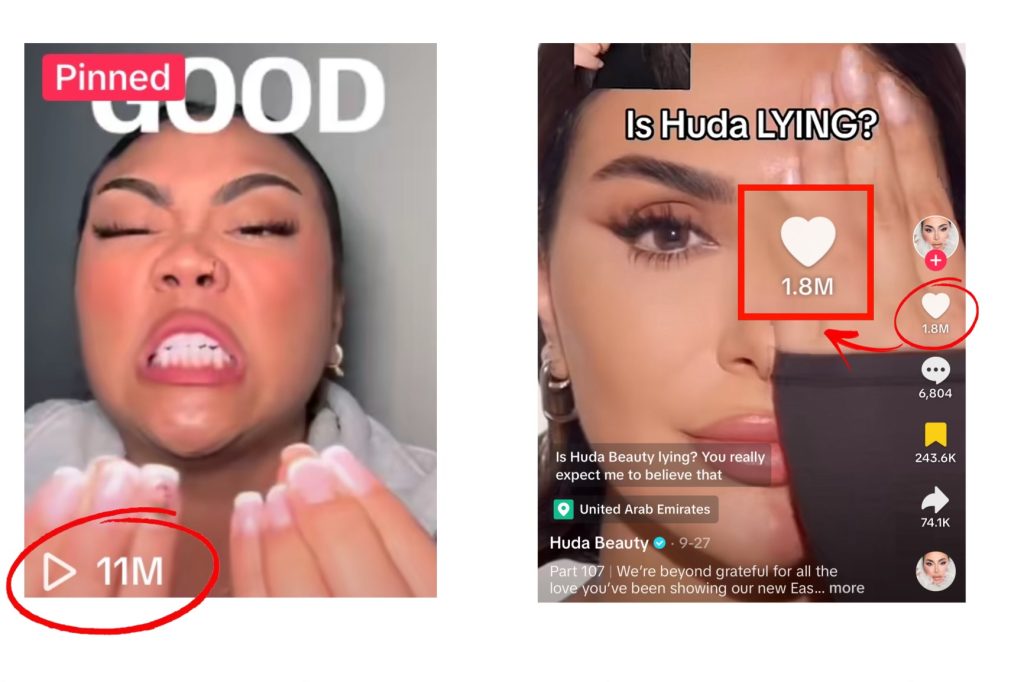
Since they used widely known influencers, the comments were flooded with their followers, who left comments implying that they would be purchasing the item since it had approval from someone they knew. This is great evidence of the two-step flow theory at work.
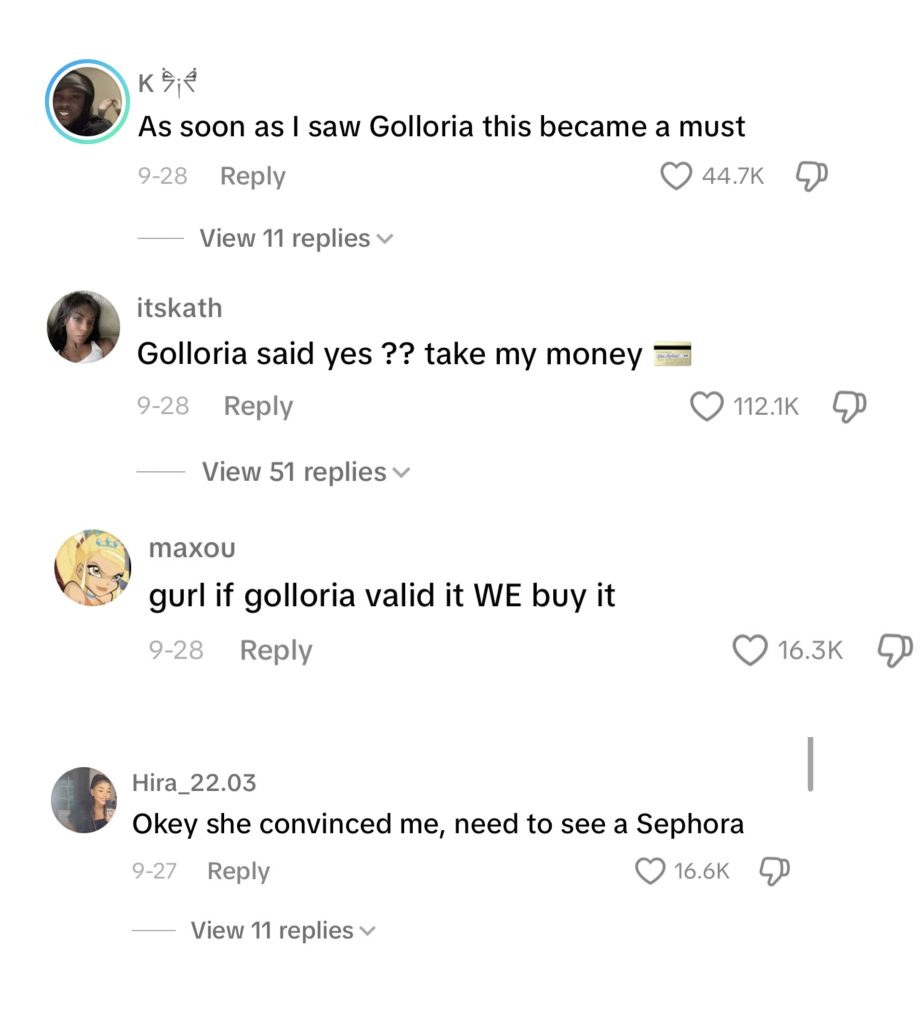
In Katz and LazarsfeldÔÇÖs analysis, they found that 60% of decisions made by less active media users were not due to one person but instead they were influenced by the mass media (Katz, E. & Lazarsfeld, P., 1955). This is most likely why brands send products to several creators rather than the one individual that they think has the most influence because itÔÇÖll reach more people, and if the less active media users are seeing many people praise the same product, theyÔÇÖll be more likely to purchase it. So by using the two-step flow theory, brands can enhance their visibility and impact within their specific industry.
References
Katz, E, and P Lazarsfeld. ÔÇťPersonal Influence: That Part Played by People in the Flow of Mass Communication. Glencoe, III: The Free Press.ÔÇŁ ResearchGate, 1955, www.researchgate.net/publication/328078453_KatzLazarsfeld_1955_Personal_Influence.
Postelnicu, Monica. ÔÇťTwo-Step Flow Model of Communication.ÔÇŁ Encyclop├Ždia Britannica, 28 Nov. 2016, www.britannica.com/topic/two-step-flow-model-of-communication

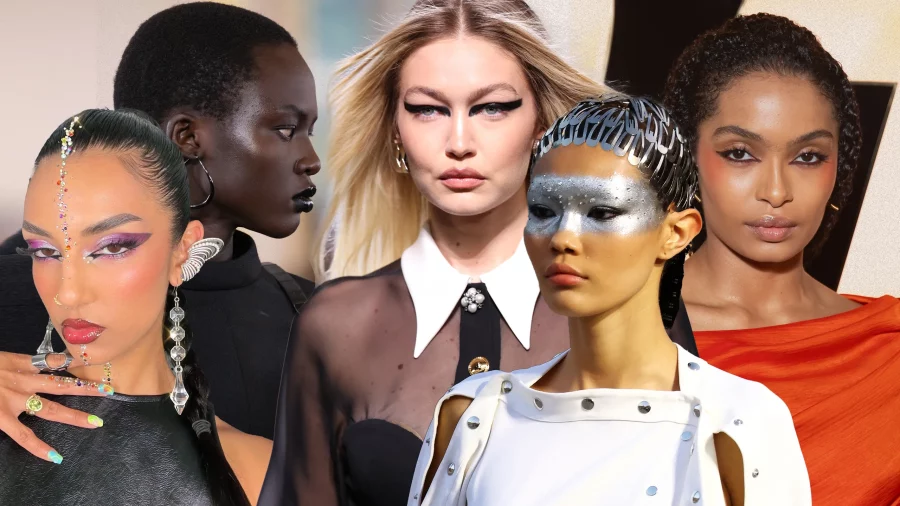
Hi Victoria!
This post does a great job breaking down how the two-step flow theory applies to the beauty industry and influencers. ItÔÇÖs crazy how much power these influencers hold over their followers when it comes to product recommendations, and the Huda Beauty example highlights how brands are using this dynamic to boost sales. I also love how you pointed out that itÔÇÖs not just about one influencer but multiple creators spreading the word to reach more people. It shows how much influence social media has in shaping our buying decisions, especially when itÔÇÖs coming from someone we trust.
Hi, I really enjoyed your post! You successfully combined theory with practice by linking the two-step flow theory to modern beauty industry brand communication. Using the example of Huda BeautyÔÇÖs new product launch, you effectively demonstrated the role of opinion leaders in the communication chain, making the theory more practical and meaningful.
Additionally, your case analysis was very detailed. Using Golloria as an example, you not only highlighted her influence as an opinion leader but also provided specific data, which clearly illustrated her impact on brand promotion.
The analysis of brand strategy was also well-executed. You pointed out the rationale behind brands collaborating with multiple influencers and explained it in the context of the two-step flow theory. The logic was clear, and the argument was convincing.
Here are some suggestions I have: firstly, Deeper Theoretical Analysis: While you applied the two-step flow theory well, the discussion could go further by exploring the limitations of the theory or how it has evolved in the context of todayÔÇÖs media landscape.
Secondly,Broader Case Examples: Although the Golloria case was detailed, including other influencers with different styles could help illustrate how brands tailor strategies to reach diverse audiences.
Overall, I found your post to be solid and insightful. The combination of theory and case studies provided valuable perspectives on brand communication in the beauty industry. Your analysis was logical and well-structuredÔÇöI really enjoyed it!